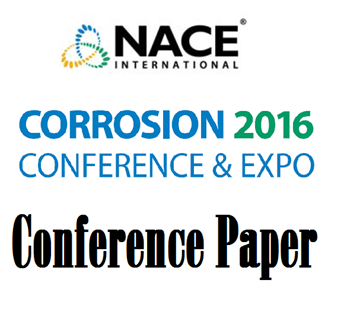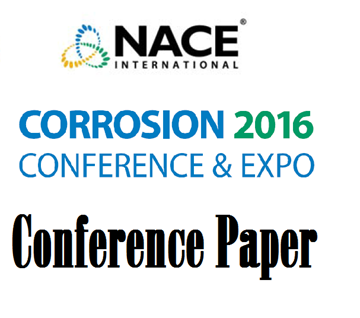Search
CaCO3 Scale Nucleation and Growth Kinetics in a Once-Through Flow Rig as a Function of Saturation Ratio
Also Purchased
51316-7913-Improve Amine Unit Reliability and Optimize Treating
Product Number:
51316-7913-SG
ISBN:
7913 2016 CP
Publication Date:
2016
$20.00
Mercury Liquid Metal Embrittlement of ASTM Grade 29 Titanium
Product Number:
51316-7556-SG
ISBN:
7556 2016 CP
Publication Date:
2016
$20.00
Round-Robin Evaluation Of ISO 20340 Annex A Test Method
Product Number:
51316-6991-SG
ISBN:
6991 2016 CP
Publication Date:
2016
$20.00




